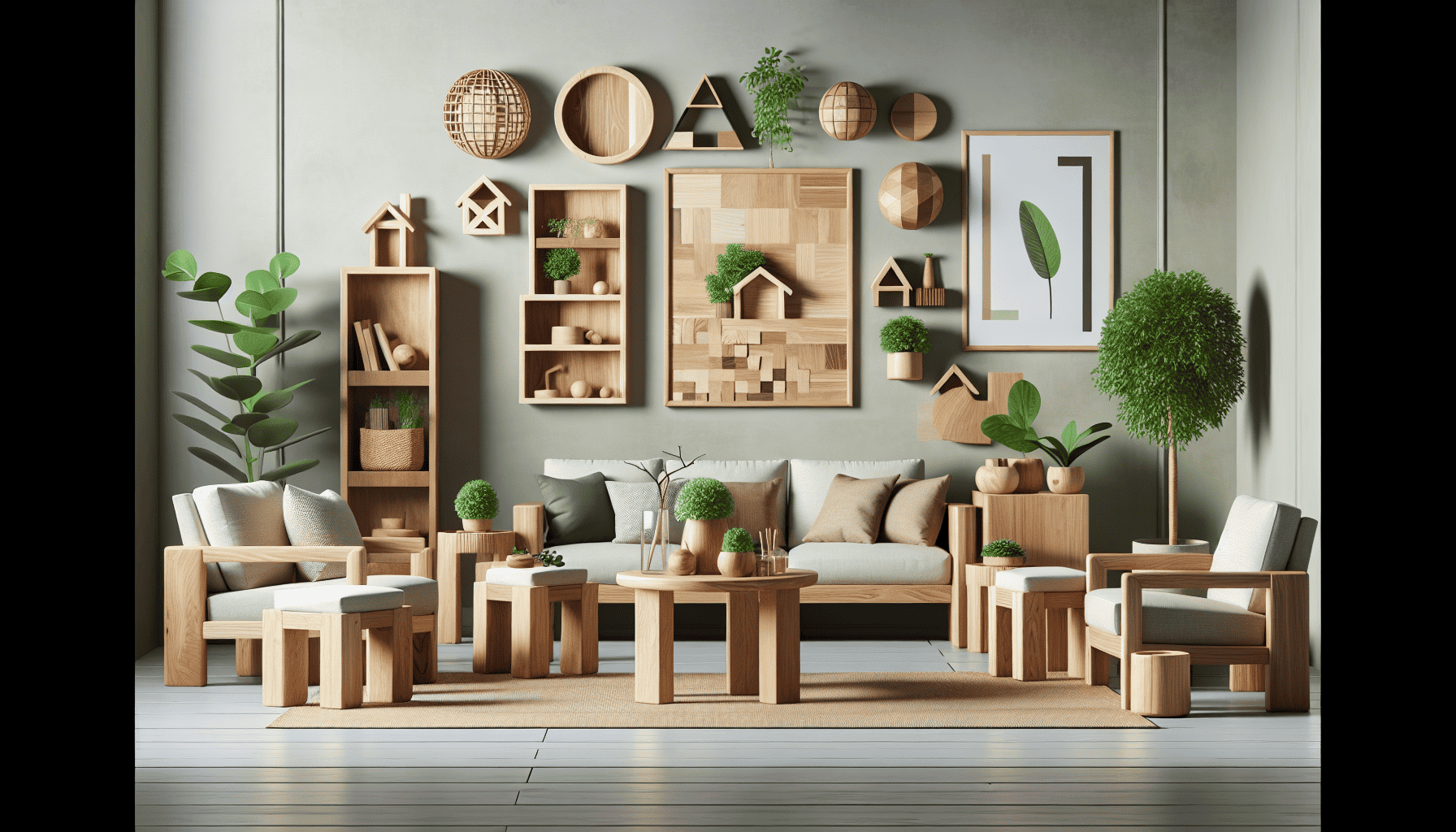In the quest for environmentally responsible living, the realm of furniture design and production has emerged as a pivotal area for sustainable transformation. As consumers become more conscious of their environmental footprint, the demand for sustainable furniture has surged, paving a pathway for both eco-friendly manufacturing and enduring style in home and office design.
Sustainable furniture is crafted with a primary focus on minimizing environmental impact throughout its lifecycle—from sourcing materials to manufacturing, distribution, and eventual disposal or repurposing. This integrative approach begins with selecting materials that are natural, renewable, and have a low-carbon footprint. For example, wood from sustainably managed forests, bamboo, reclaimed wood, and recycled metals are popular choices. These materials not only contribute to reduced deforestation and waste but also boast the durability needed to withstand the test of time, ensuring pieces that last generations rather than just seasons.
The manufacturing process of sustainable furniture is equally crucial. Environmentally responsible companies are employing energy-efficient methods and seeking to eliminate toxic chemicals from varnishes, adhesives, and paints that can harm both workers and the end-users. Water-based finishes and natural oils are becoming the go-to alternatives, maintaining the health and safety of living environments while still providing high-quality, aesthetically pleasing products.
Innovative design plays a significant role in sustainability by encouraging multifunctionality and modular solutions. Furniture that's designed to adapt to various spaces and uses tends to have a longer life, reducing the need for frequent replacements and keeping material waste at bay. Furthermore, many sustainable furniture brands are creating pieces that can easily be disassembled and recycled or repurposed at the end of their lifecycle, promoting a circular economy.
Sustainable furniture is not limited to its ecological benefits; its design often reflects a raw, natural beauty that fits seamlessly into numerous interior design styles. From rustic and industrial to contemporary and minimalist, eco-friendly furniture appeals to a diverse aesthetic taste. Designers are proving that sustainable solutions do not mean compromising on style or luxury. In fact, many sustainably crafted pieces are unique art forms with a story behind every grain, enhancing the personality and warmth of any space.
The growing availability of sustainable furniture is also supported by the rise of certifications that guide consumers in making informed choices. Labels such as FSC (Forest Stewardship Council), Cradle to Cradle, and GREENGUARD ensure that products meet stringent environmental and health standards. These certifications give buyers peace of mind, knowing their purchases support sustainable practices and contribute to conservation efforts.
In conclusion, sustainable furniture epitomizes the symbiosis between form, function, and environmental stewardship. As we continue to face global environmental challenges, opting for sustainable furniture presents a tangible way to contribute to the planet's preservation. It's not just about purchasing a piece of furniture—it's an investment in a greener future, where style and sustainability go hand in hand to create beautiful, healthy living spaces. By choosing sustainable furniture, consumers play an essential part in fostering responsible consumption and supporting a global movement towards environmental consciousness.
